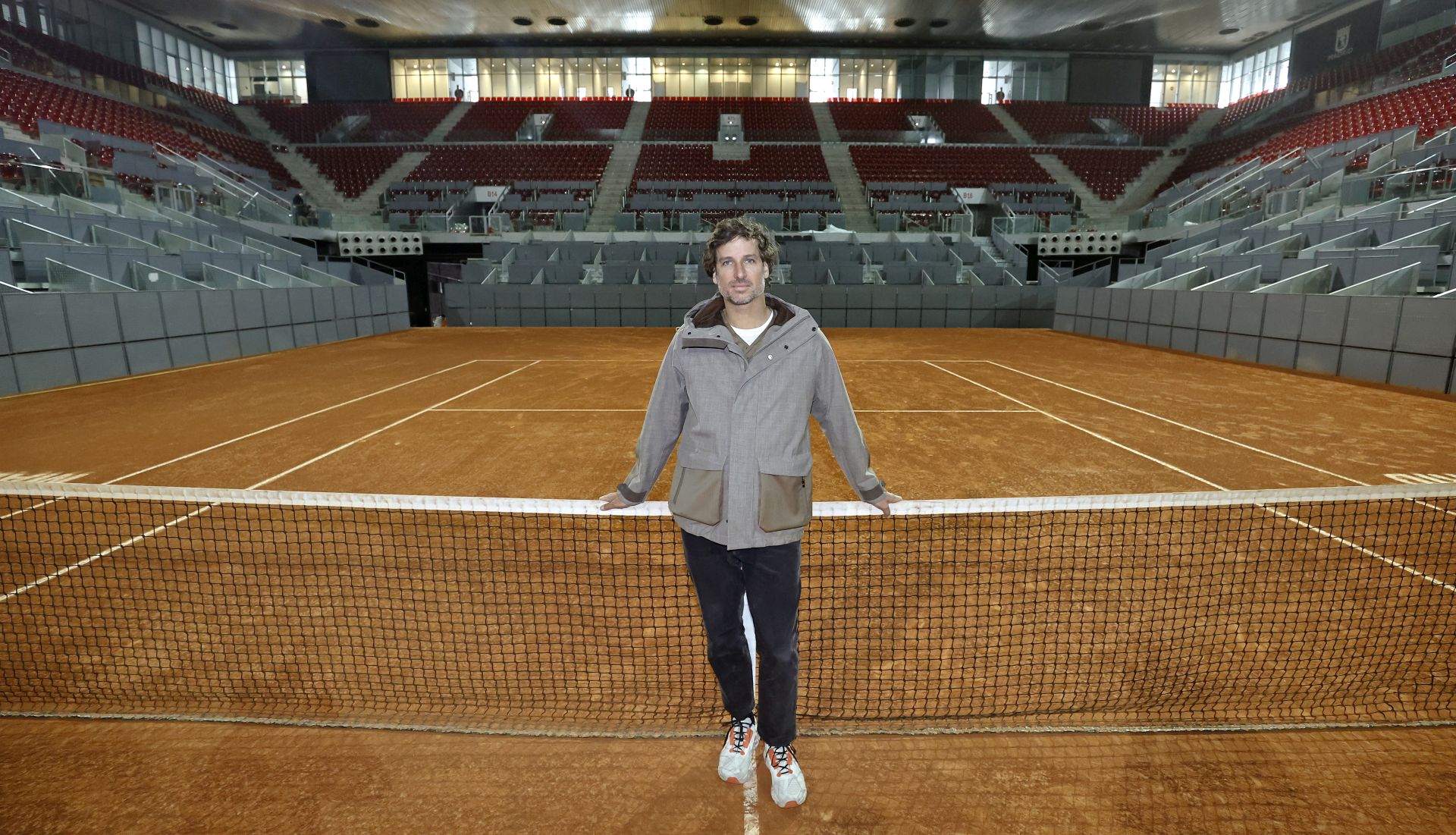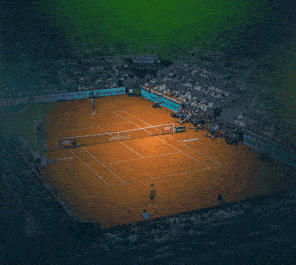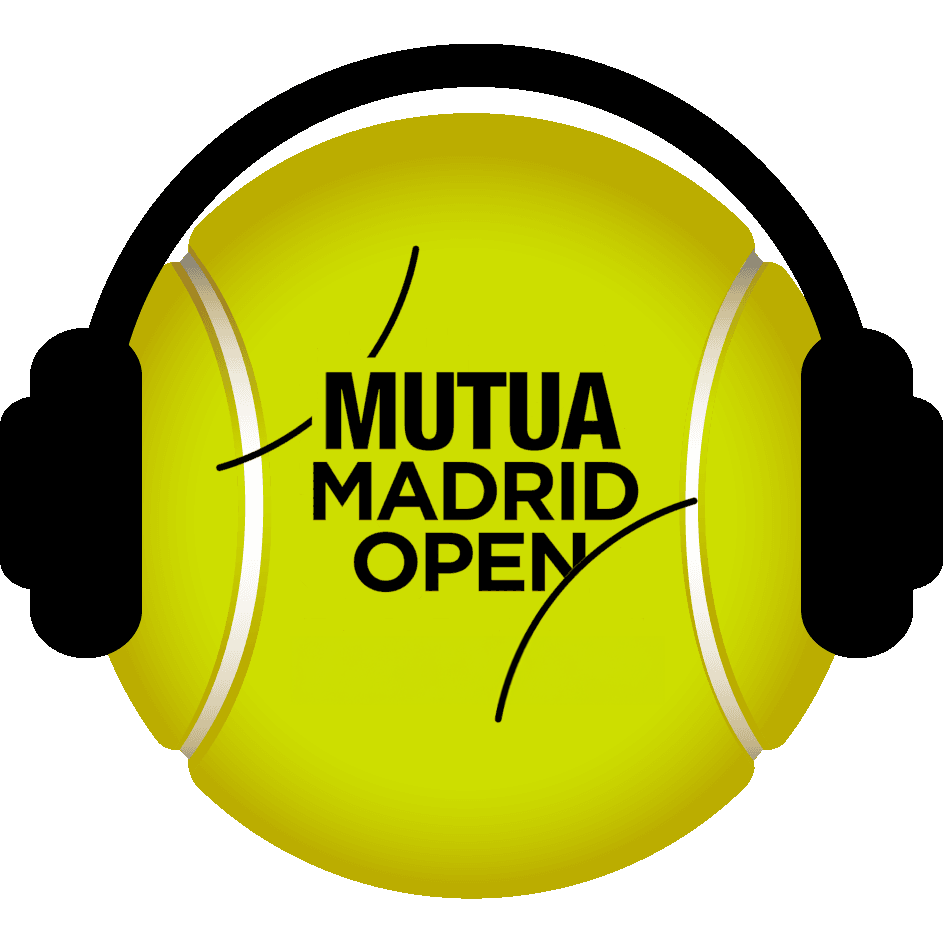Feliciano López, director of the Mutua Madrid Open, discusses the present, his future and his position in ‘planet tennis’. The former world No. 12 knows the tournament held in the Caja Magica like few others. Now, as the leading figure behind the scenes, he is focused on providing unique experiences for players and fans alike.
What’s it like to manage the biggest sports event in Madrid?
There’s a lot of responsibility and there’s the pressure of ensuring everyone takes good memories home with them. But the tournament is now over 20 years old and it has an amazing team that has taken it to the point it’s at. We’ve consolidated this format, but there are always small things that can be improved.
What response do you get from the fans?
People are very happy. Also, we’re getting increasing numbers visiting us from outside of Spain, which was a goal. On the weekends, above all the first one, a lot of families come and we have something amazing, which is the walkway in the Tennis Garden, where you can see great matches, and world number ones practising… all very close together. And the players also like going out and seeing all the kids waiting for them for autographs and photos. We’re in debt to those fans, who are always so excited to come here.
How are the two-week Masters 1000s changing tennis?
It’s a very ambitious project from ATP and Madrid is lucky to have something over other tournaments, which is the Caja Magica: three stadiums with roofs. The Australian Open is the only other one that can say that. And we’re hoping the new stadium will be ready in 2027, which will be the final step to reach the top.
But there are always rumours about the future of the tournament in Madrid, purchase offers…
The tournament is here until 2030, regardless of who owns it. But if someone wants to buy it, they’ll realise that the tournament is the way it is because it’s in Madrid and its citizens feel like it belongs to them. Part of this tournament’s success is that it’s played here, in Madrid. The City Council has been our ally from year one.
How do you see the future of clay?
Now that the Masters 1000s are two weeks, it means some tournaments have to be moved or cancelled. The goal is for the tour to be increasingly economically powerful. The biggest clay events will continue to be between Monte Carlo and Roland Garros. It might get squeezed a little more, but it’ll never disappear, because it’s a historic surface.
Do you agree with Becker when he says that Alcaraz is the most charismatic tennis player he has met?
Alcaraz has something special. Apart from the fact that he’s an elite athlete, he has versatility and the ability to improvise and offer things that 99% of players can’t. The fans love him.
Did the last finals between Swiatek and Sabalenka bolster women’s tennis at the tournament?
They’ve dominated the last two years of women’s tennis and I think it’s positive that the fans have someone to admire. Their matches here have been spectacular and that’s what people want to see, the best battling it out between themselves.
Is the tournament hoping to see Badosa excel again?
It’s been great to see Paula back to her best. At the tournament, we can imagine what it would be like to have Alcaraz leading and Badosa in the Top 10. Sometimes we think things are normal when they’re not, such is the case with Spanish tennis today.
Do you think Spanish tennis is starting to have that ‘second tier’ of players like those that accompanied Rafael Nadal?
Speaking with humility, I’d say we won’t have another generation like the one we had in the last 20 years. Now we have great players, but not as many as before. It’s a question of making the most of Alcaraz and Badosa’s leadership to ensure there is a large group of players to accompany them, as we saw before with Arantxa and Conchita.























































